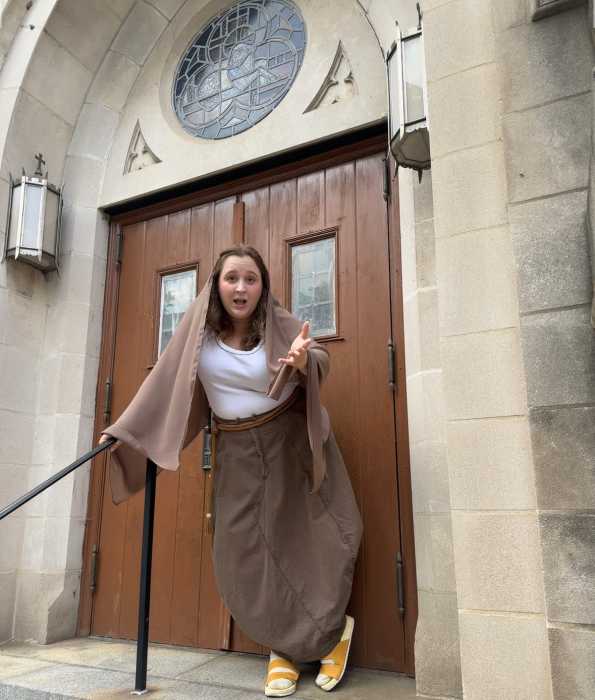Steel beams and natural color form a nexus of architectural symmetry in an urban park
Around Labor Day, patrons, dealers, artists and anyone else who can afford it, seems to be on vacation. So it’s a pleasure to see large-scale sculpture, prominently placed outside in public space, for city dwellers and visitors alike.
Madison Square Art, a non-profit conservancy, is exhibiting three large-scale steel beam sculptures by the artist Mark di Suvero, an elder statesman of the Abstract Expressionist movement of the 1950s, whose work looks completely at place in its urban late-summer home.
The park has been rescued from years of municipal neglect, the fountains refurbished and lawns re-sod. The foliage is especially lush after such a cool, rainy summer.
Heading north into the park, the first sculpture encountered is “Aesopes’ Fables,” a large steel beam armature of angles and circular plates painted fire engine red, handsomely perched on an expanse of tan sand and stone. The red geometric form sitting amongst the densely leafed green of the trees is particularly appealing.
The second sculpture continuing to move north is “Beyond,” a large, rusted, I-beam sculpture with curves and arcs bolted to the armature. The work has a seeming lightness that belies both the steel and its gravity. It rises toward the Metropolitan Life Building towering over the park. The rusted surface of the form once again complements the verdant green of the grass and trees.
Di Suvero’s final sculpture in the park is “Double Tetrahedron,” the most conspicuously vertical of the three. Two triangular I-beam forms are joined by an elongated, angular hourglass shape. Here, the work’s verticality echoes the Empire State Building’s spire. The piece is painted an alert orange and placed in the center of a defunct fountain’s circular pool.
Sitting down and contemplating “Double Tetrahedron” while looking south toward another iconic landmark, the Flatiron Building, at the park’s southern border, the sculpture seems aptly placed in the calm respite from an otherwise bustling environment. Here the work seems happily ensconced amidst the life of a late summer park scene.
Di Suvero’s work had always seemed rather generic to me. On this viewing, though, I realized that his steel pieces are in fact the prototype for an entire class of sculptural expression.
We also publish:
ADVERTISING



































